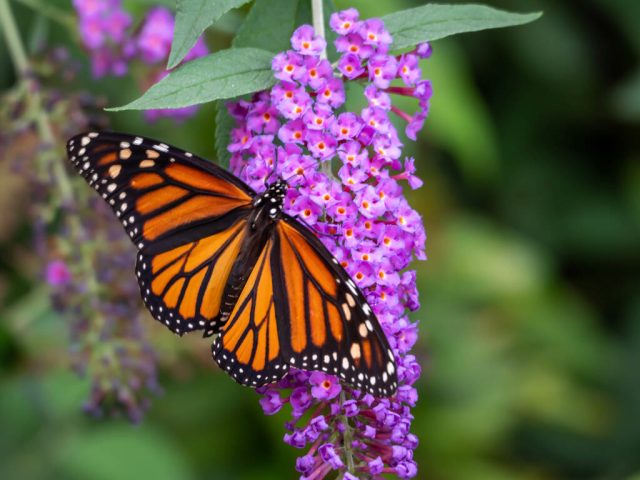Monarch Butterfly Stages of Life
Key Takeaway:
The Monarch Butterfly undergoes a remarkable transformation throughout its life cycle, transitioning through four distinct stages: egg, larva, pupa, and adult. Each stage brings unique challenges and adaptations, showcasing the incredible journey of this iconic insect.
Summary:
- The Monarch Butterfly undergoes a complete metamorphosis, transitioning through four stages: egg, larva, pupa, and adult.
- Eggs are typically laid on milkweed plants, the sole food source for Monarch caterpillars.
- Caterpillars hatch from eggs and voraciously consume milkweed leaves to fuel their rapid growth.
- The pupa stage, also known as the chrysalis stage, is a period of dramatic transformation within a protective cocoon.
- After emerging from the chrysalis, adult Monarch Butterflies engage in migration, breeding, and pollination.
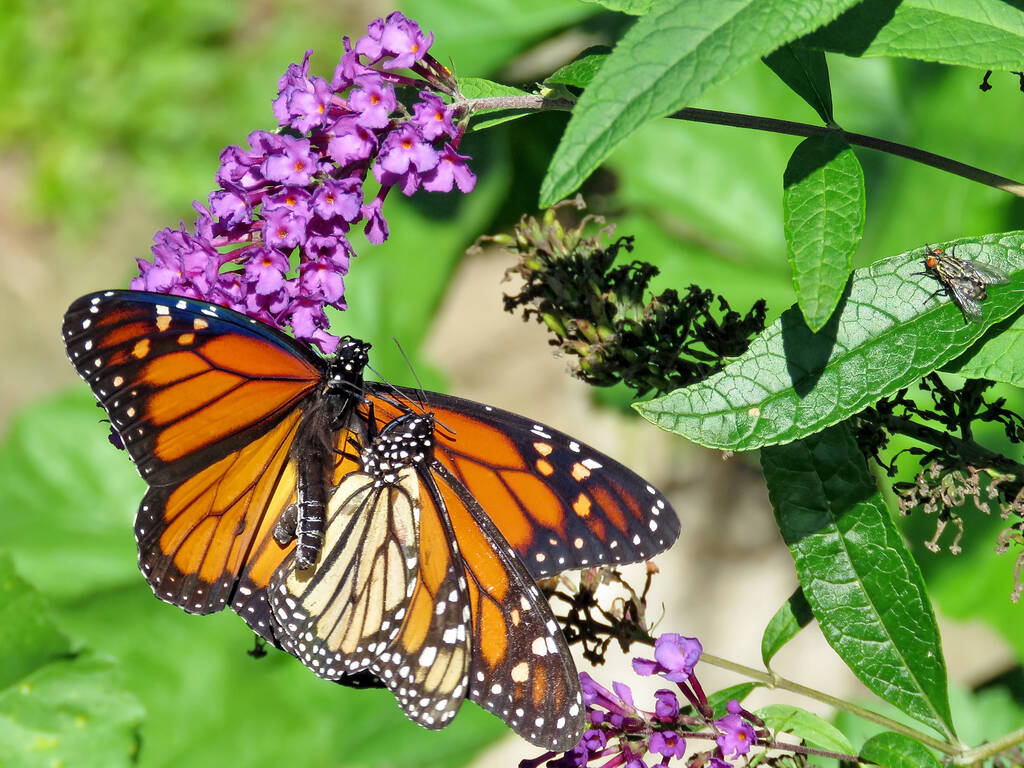
Monarch Butterfly Stages of Life
The Monarch Butterfly (Danaus plexippus) is one of the most iconic and recognizable butterfly species in the world. Its distinctive orange and black wings, coupled with its incredible migratory behavior, have captured the fascination of scientists and nature enthusiasts alike. However, behind its beauty lies a fascinating life cycle, characterized by remarkable transformations and adaptations.
The Egg Stage:
The journey of a Monarch Butterfly begins with the egg. Female Monarchs lay their eggs on the underside of milkweed leaves, carefully selecting suitable locations to ensure the survival of their offspring. The choice of milkweed is crucial, as it serves as the sole food source for Monarch caterpillars. Each egg is tiny, no larger than a pinhead, and typically pale yellow in color with vertical ridges.
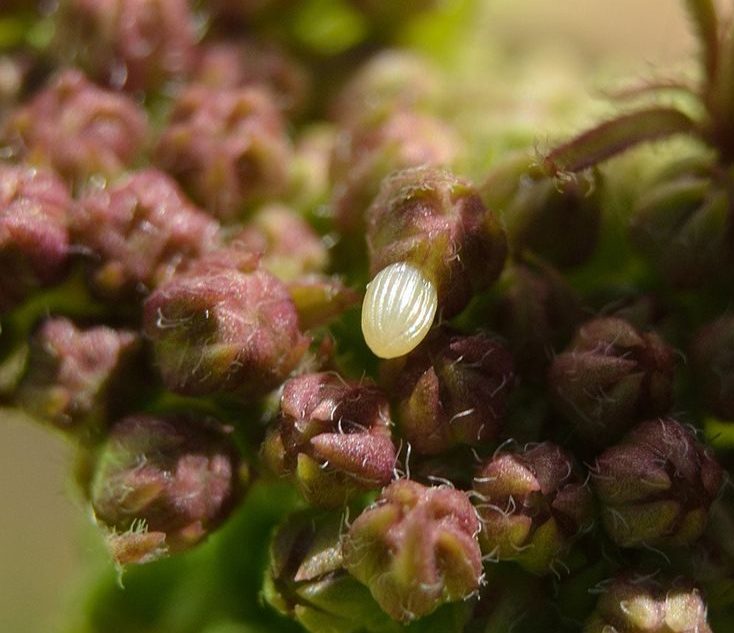
The Larva Stage:
Upon hatching, the young Monarch enters the larva stage, commonly known as the caterpillar phase. At this stage, the tiny larva immediately begins to feed on the milkweed leaf, consuming large quantities to fuel its rapid growth. The caterpillar undergoes several molts, shedding its exoskeleton to accommodate its increasing size. As it grows, distinct black, yellow, and white stripes become visible along its body, serving as a warning to potential predators of its toxicity.
“The caterpillar does all the work, but the butterfly gets all the publicity.”
— George Carlin
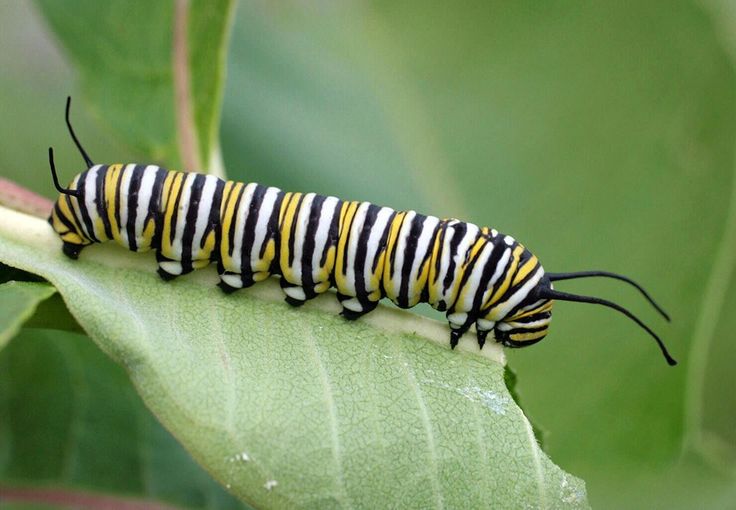
The Pupa Stage:
After reaching a certain size, the caterpillar enters the pupa stage, marking the beginning of its transformation into a butterfly. The caterpillar finds a suitable location, typically underneath a leaf or branch, where it attaches itself and begins the process of metamorphosis. It forms a protective shell known as a chrysalis around its body, within which its tissues break down and reorganize to form the adult butterfly.
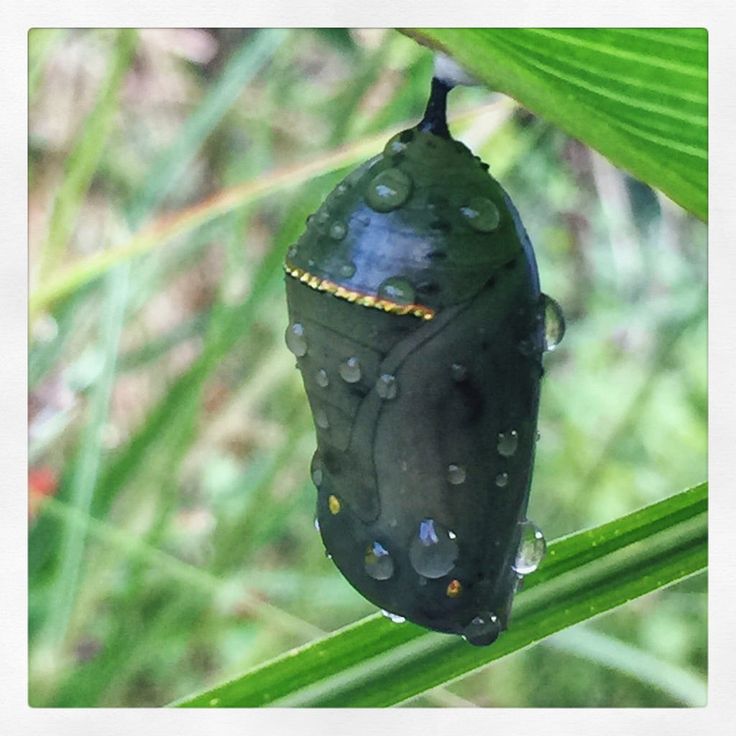
The Adult Stage:
Finally, after several days to weeks depending on environmental conditions, the fully formed adult Monarch Butterfly emerges from the chrysalis. At this stage, its wings are soft and crumpled, but they gradually expand and harden over the next few hours. Once its wings are fully developed, the Monarch is ready to take flight and begin its adult life.
Adult Monarch Butterflies play a crucial role in ecosystems as pollinators, aiding in the reproduction of various flowering plants. They are also renowned for their incredible migratory behavior, undertaking long-distance journeys spanning thousands of miles. Each year, millions of Monarchs migrate between their breeding grounds in North America and overwintering sites in Mexico, a spectacle that has captivated scientists and nature enthusiasts for generations.

Hashtags:
#MonarchButterfly #ButterflyLifeCycle #Metamorphosis #Nature #Wildlife #Pollinators #Migration #Conservation #ButterflyLovers #Entomology #Milkweed #ButterflyGarden #Science #Education #EnvironmentalAwareness
References:
- Brower, L. P. (1995). Understanding and misunderstanding the migration of the monarch butterfly (Nymphalidae) in North America: 1857–1995. Journal of the Lepidopterists’ Society, 49(4), 304-385.
- Oberhauser, K. S., & Peterson, A. T. (2003). Modeling current and future potential wintering distributions of eastern North American monarch butterflies. Proceedings of the National Academy of Sciences, 100(26), 14063-14068.
- Zhan, S., Zhang, W., Niitepõld, K., Hsu, J., Haeger, J. F., Zalucki, M. P., … & Altizer, S. (2014). The genetics of monarch butterfly migration and warning colouration. Nature, 514(7522), 317-321.

